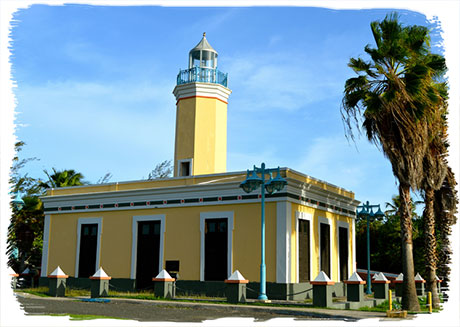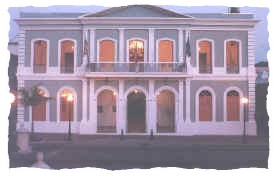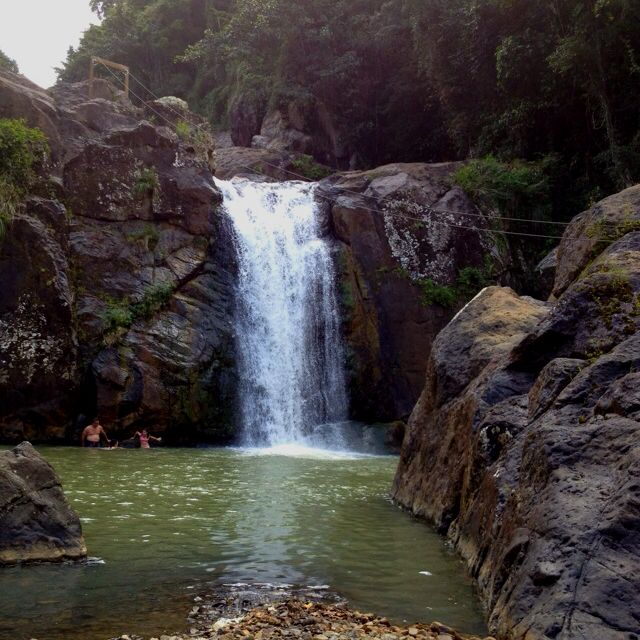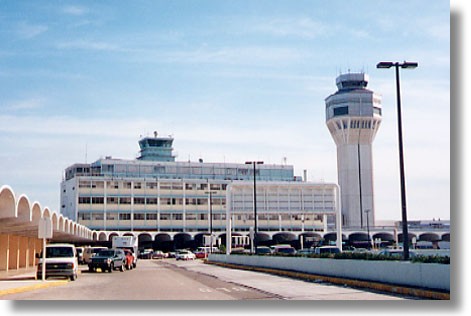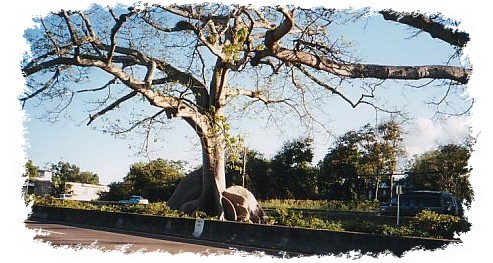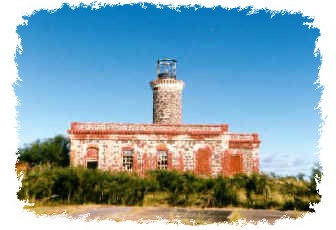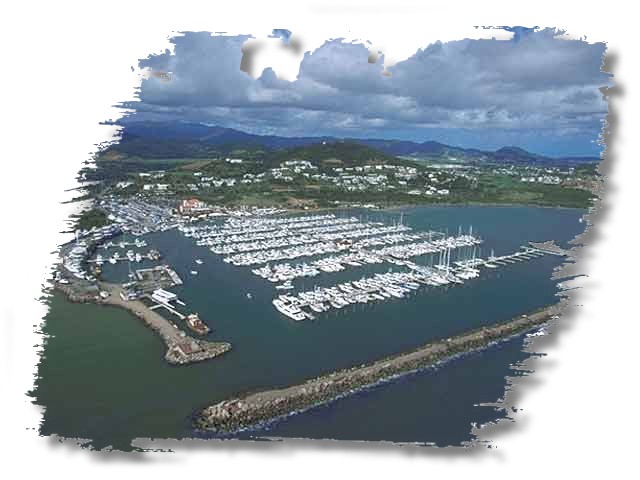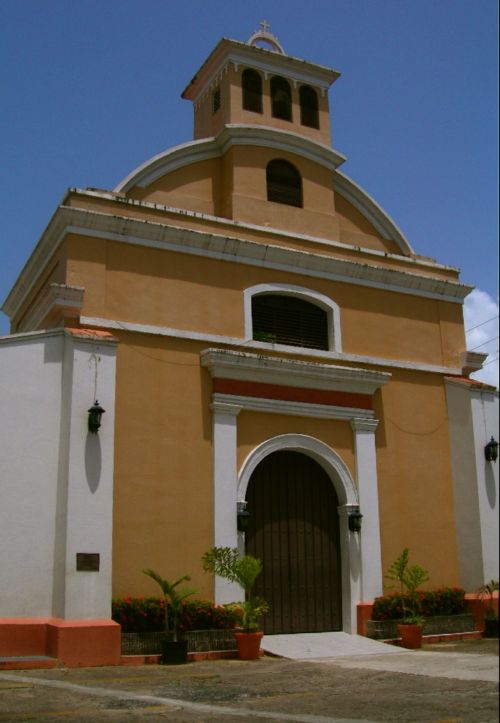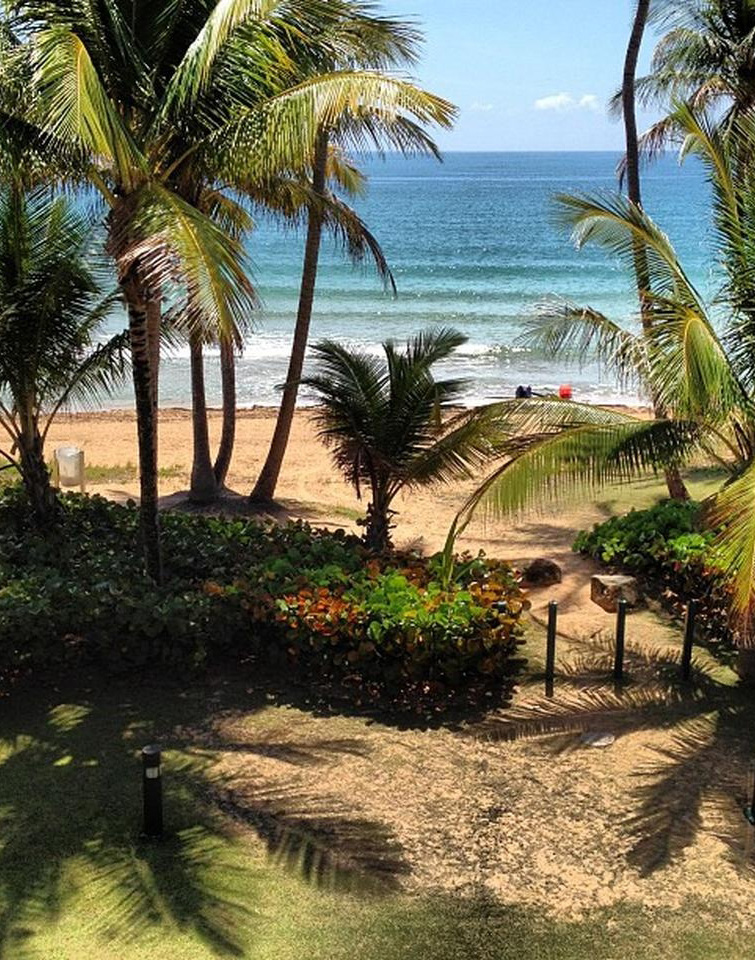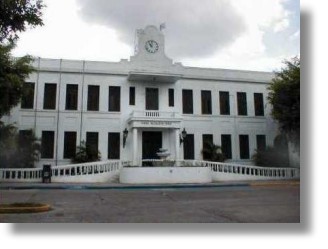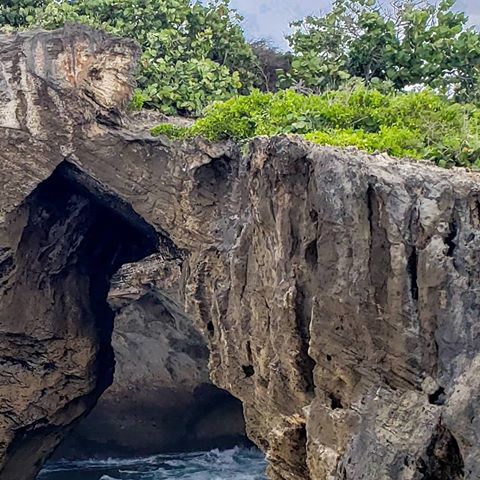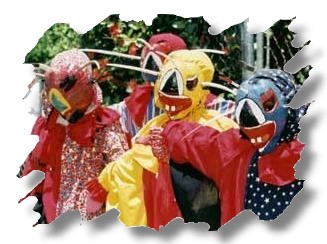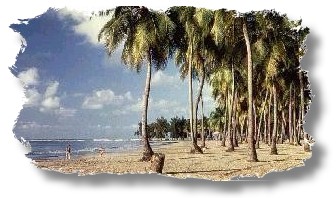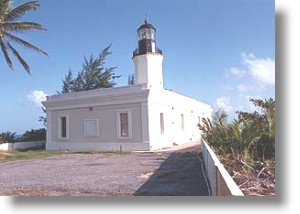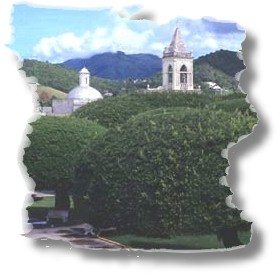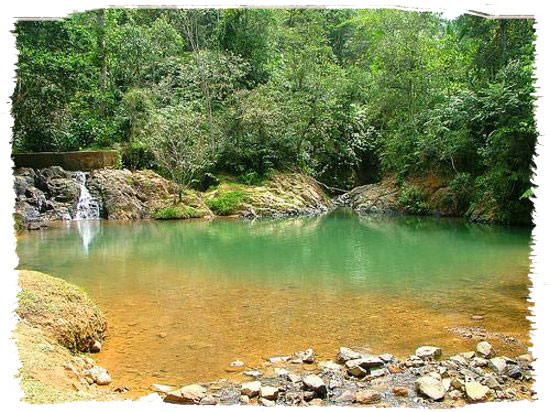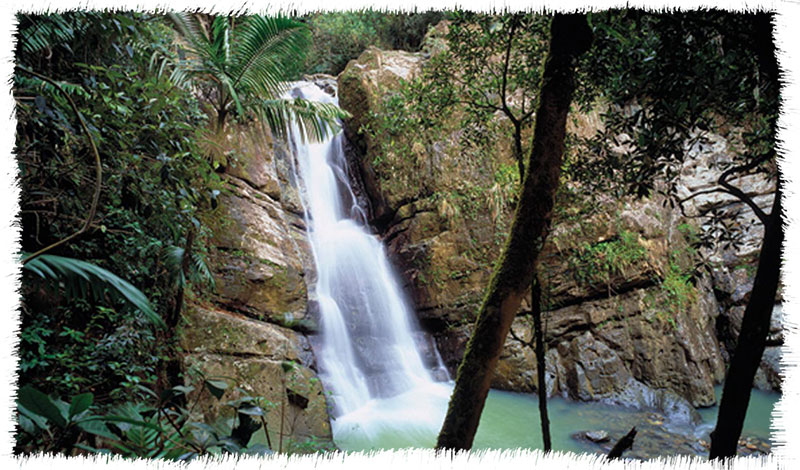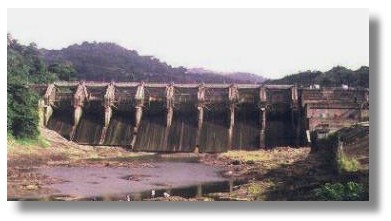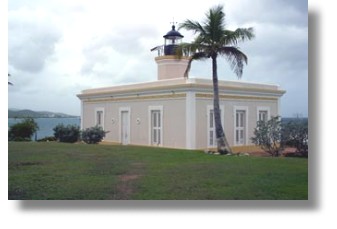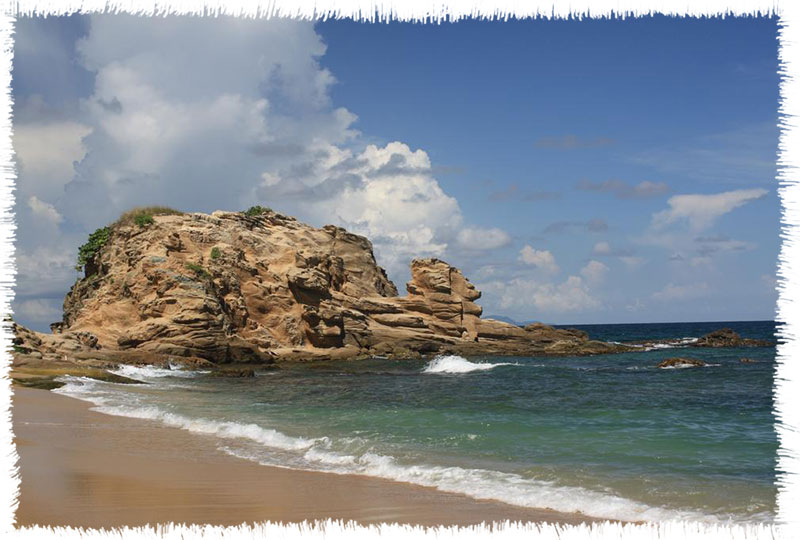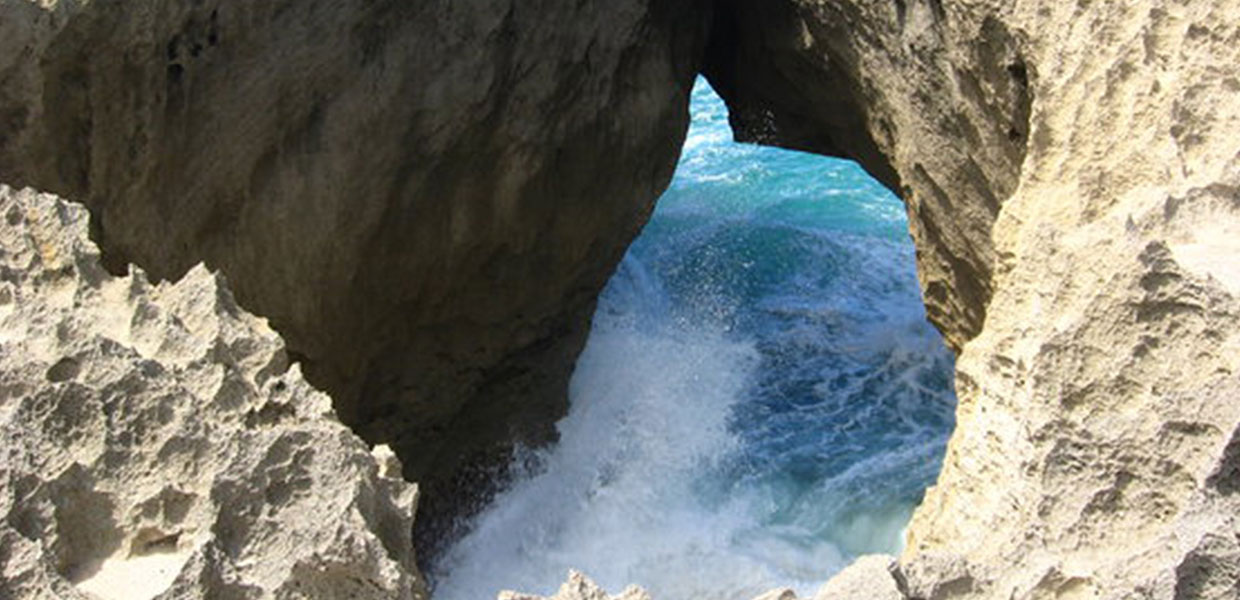
East Region of Puerto Rico
Natural Beauty and Vibrant Culture
The East Region of Puerto Rico is a hidden gem, where natural beauty, rich history, and vibrant culture seamlessly intertwine. From lush tropical forests to colonial history, this region offers a unique and captivating experience for all who venture here. The East Region is truly a destination that leaves a lasting impression on those fortunate enough to explore its diverse landscapes and cultural offerings.
This region is home to a striking variety of natural landscapes, from pristine white sandy beaches to towering mountain peaks. El Yunque, the only tropical rainforest in the U.S. national park system, is one of the area's crowning jewels, offering unparalleled biodiversity and scenic views.
Towns in the East Region of Puerto Rico
Arroyo | Caguas | Canóvanas | Carolina | Ceiba | Culebra | Fajardo | Gurabo | Humacao | Juncos | Las Piedras | Loíza | Luquillo | Maunabo | Naguabo | Patillas | Río Grande | San Lorenzo | Trujillo Alto | Vieques | Yabucoa
Arroyo, Puerto Rico
Known as "The City of the Coastal Valley," Arroyo is nestled along Puerto Rico's southeastern coastline. With its serene rural landscapes and rich agricultural heritage, it’s a haven for those looking for a quiet escape. Visitors can enjoy the beautiful beaches, such as Playa de Arroyo, while exploring the town’s agricultural history, which is reflected in the various festivals and traditions. The town’s historical significance, combined with its natural beauty, makes it a unique spot on the island.
Caguas, Puerto Rico
Often referred to as the "City of the Eternal Spring," Caguas boasts a lush, temperate climate, thanks to its proximity to the Central Mountain Range. It’s home to a variety of cultural and historical landmarks, including Plaza Palmer. With its breathtaking views and hiking trails, Caguas is also a great destination for outdoor enthusiasts. The town is known for its vibrant festivals, including the famous "Fiestas Patronales," which celebrate the community’s culture and traditions.
Canóvanas, Puerto Rico
Known as the "City of Races" due to the presence of the Camarero Racetrack, Canóvanas is a small town with a significant Afro-Puerto Rican cultural influence. In addition to the racetrack, the town offers a rich blend of music, art, and culture. It’s also home to many traditional Puerto Rican festivals, celebrating its Afro-Caribbean heritage, which gives Canóvanas a unique identity on the island.
Carolina, Puerto Rico
The "Land of Giants" is a fitting title for Carolina, one of Puerto Rico's largest and most important cities. It serves as a commercial hub, largely thanks to the Luis Muñoz Marín International Airport. Known for its beautiful beaches and warm, sunny weather, Carolina attracts both locals and tourists. The town is also recognized for its thriving tourism industry, thanks to its beachfront hotels, water sports, and vibrant nightlife.
Ceiba, Puerto Rico
Ceiba, on the northeast coast, combines coastal charm with a rich historical legacy. Known as "The City of Mabí," Ceiba has long been a hub for the production of this traditional Puerto Rican beverage. It also boasts the Las Cabezas de San Juan Lighthouse and pristine beaches, including Los Machos Beach, making it a tranquil spot for history and nature lovers alike.
Culebra, Puerto Rico
Famous for Flamenco Beach, which is considered one of the best beaches in the world, Culebra is a true natural paradise. The island is part of the National Wildlife Refuge, ensuring its pristine beaches and crystal-clear waters remain protected. Visitors can enjoy snorkeling, diving, and hiking, as well as the breathtaking views from the island's scenic spots. Culebra is also rich in history, with significant sites such as the Culebra National Wildlife Refuge and the historic lighthouse at the island’s highest point.
Fajardo, Puerto Rico
Known as the gateway to Vieques and Culebra, Fajardo is a key maritime town with access to some of Puerto Rico's most pristine beaches and offshore islands. The town is famous for its bioluminescent bay, a natural wonder that attracts tourists from around the world. In addition to its beaches, Fajardo offers hiking, kayaking, and a deep dive into Puerto Rican history and culture, making it a perfect destination for both adventure seekers and history enthusiasts.
Gurabo, Puerto Rico
Gurabo, the "City of the Mountains," offers beautiful views of the lush tropical landscape and serene mountain surroundings. Known for its agricultural contributions, particularly in coffee and tropical fruits, Gurabo has a rich history tied to Puerto Rico's rural communities. Visitors can enjoy the local coffee and fresh produce at farmers' markets while experiencing the town's rural charm. It's a quieter destination for those who want to connect with Puerto Rico's agricultural roots.
Humacao, Puerto Rico
Often referred to as "The Pearl of the East," Humacao is a picturesque town that offers the best of both worlds—stunning beaches and lush forests. The town is home to Punta Santiago and Lucia Beach, both of which offer an idyllic escape. The Punta Tuna Wetland, a protected ecological reserve, is perfect for nature lovers who want to explore Puerto Rico’s unique wildlife and marine environments. Humacao is also known for its culinary offerings, with local seafood and traditional dishes to enjoy.
Juncos, Puerto Rico
Juncos is an agricultural powerhouse, known for its production of coffee, tropical fruits, and vegetables. The town's relaxed atmosphere and charming streets are a great place to explore Puerto Rican rural life. Juncos is also famous for its vibrant festivals, including the annual "Fiesta Patronales," where visitors can experience Puerto Rican traditions and music. The town is ideal for those looking to explore Puerto Rico’s agricultural landscape.
Las Piedras, Puerto Rico
A quiet, residential town, Las Piedras is surrounded by natural beauty and boasts a strong sense of community. Known for its mountainous terrain and lush forests, the town is perfect for nature enthusiasts and hikers. Las Piedras also offers a glimpse into Puerto Rico's agricultural history, particularly in sugarcane and coffee production. While it may not have the same tourist activity as other towns, its tranquil atmosphere and beautiful scenery make it a hidden gem for those who seek peace and relaxation.
Loíiza, Puerto Rico
Loíza is renowned for its Afro-Puerto Rican culture, which is reflected in its music, dance, and festivals. The town is famous for its "Fiesta de Santiago Apóstol," one of the largest and most important cultural festivals in Puerto Rico. Known as "The Land of the Devils" due to its traditional Diablos Cojuelos (devil masks) during the carnival, Loíza offers a unique experience for anyone interested in Afro-Caribbean culture. Its vibrant arts scene and festivals make it a must-visit for those wanting to learn more about Puerto Rico's African heritage.
Luquillo, Puerto Rico
"Capital of the Sun," Luquillo is a tropical paradise with golden beaches and clear waters. Known for its seafood, especially at the famous "Luquillo Kiosks," visitors can enjoy local dishes while taking in the view of the coast. El Yunque National Forest, one of the island’s most prized natural treasures, is also just a short drive away, offering hiking trails, waterfalls, and incredible biodiversity. Whether you're interested in the outdoors or simply relaxing by the beach, Luquillo is an essential stop in Puerto Rico’s East Region.
Maunabo, Puerto Rico
Maunabo is often referred to as Puerto Rico’s "countryside by the sea" and offers a mix of agricultural lands and coastal beauty. Visitors can explore its secluded beaches, particularly Playa El Convento, a pristine spot for swimming and picnicking. Maunabo is also known for its production of bananas and tropical fruits, making it a great destination for food lovers.
Naguabo, Puerto Rico
"Naguabo, the City of the Enamored," is known for its beautiful beaches and fishing culture. Located along the southeastern coast, it is an ideal place to experience Puerto Rico’s maritime traditions. Naguabo also offers scenic views of the El Yunque National Forest and is a gateway to the nearby offshore islands. The town is famous for its seafood and cultural festivals, which celebrate its deep connection to Puerto Rican traditions and the ocean.
Patillas, Puerto Rico
Patillas, often called "The Sugar City," is a coastal town with a rich agricultural history. Known for its beautiful beaches and sugarcane fields, it offers visitors a laid-back vibe. The town’s natural beauty, along with the many opportunities for water sports, makes it a peaceful and scenic destination. Patillas is also home to various nature reserves, where visitors can enjoy outdoor activities like hiking and birdwatching.
Río Grande, Puerto Rico
Río Grande is best known for its proximity to El Yunque National Forest, one of the most important protected rainforests in the world. With waterfalls, hiking trails, and an incredible diversity of flora and fauna, Río Grande is a prime destination for eco-tourism. The town also features beautiful beaches, such as Luquillo Beach, and has a lively local community. Río Grande is perfect for outdoor adventurers who want to immerse themselves in Puerto Rico’s natural beauty.
San Lorenzo, Puerto Rico
San Lorenzo, the "City of the Coffee Bean," is located in the island’s mountainous region. Known for its agricultural contributions, particularly in coffee production, San Lorenzo offers a blend of rural charm and historical significance. Visitors can explore its coffee plantations and experience the agricultural heritage of the region. The town’s historical landmarks, such as the San Lorenzo Church, also offer a glimpse into Puerto Rico’s colonial past.
Trujillo Alto, Puerto Rico
Trujillo Alto is a suburban town with easy access to the bustling city of San Juan. While it may not have as many tourist attractions, it offers a serene, residential atmosphere and is home to the Las Cucharillas Marsh, an ecologically important area. The town also has a variety of parks and recreational spaces, making it a great destination for families looking for a quiet retreat near the city.
Vieques, Puerto Rico
Vieques is an island paradise known for its bioluminescent bay, one of the brightest in the world. The island also offers pristine beaches, wildlife sanctuaries, and a rich history. Vieques was once a military base, but it has since been reclaimed by nature, making it a must-see destination for those interested in environmental conservation and Puerto Rican history. Whether you’re exploring its beaches, hiking through the island’s lush forests, or learning about its past, Vieques offers a unique and unforgettable experience.
Yabucoa, Puerto Rico
Known as the "Sugar City," Yabucoa is famous for its sugarcane fields and agricultural history. It offers stunning coastal views, beautiful beaches, and a peaceful atmosphere. Yabucoa also has a rich cultural heritage, with local festivals and traditions that highlight the town’s agricultural roots. Whether you’re looking to relax by the beach or explore the local culture, Yabucoa is an excellent destination in Puerto Rico’s East Region.
A Journey through History, Nature, and Culture
The East Region of Puerto Rico is a hidden treasure that combines natural beauty, rich history, and the vibrant culture of the island. From exploring tropical forests to immersing oneself in colonial history, this region offers a unique experience that captivates those who visit. Undoubtedly, the East Region is a destination that leaves a lasting impression on those who have the privilege of discovering its charms.

